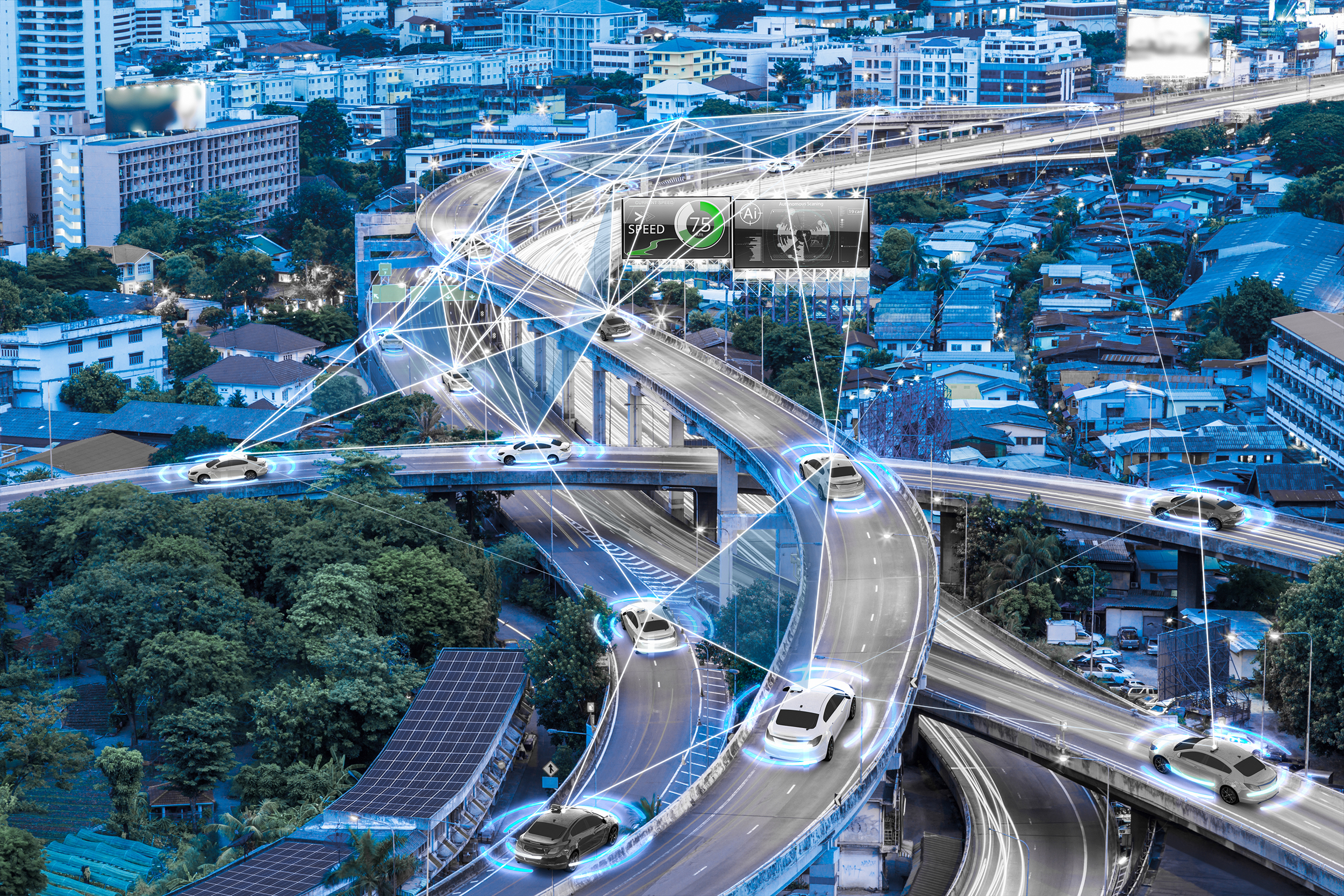Stepping up a gear
The RAC Foundation report Driven by information, published in September 2020, sought to establish all the elements needed to achieve the benefits offered by the flow of data from and to increasingly ‘connected’ vehicles, in practice and at scale. It did this by revealing gaps in service delivery and by proposing quick fixes to address them.
The purpose of this update – Driven by information revisited – is to now look at how matters have moved on in nearly three years and, specifically, to focus on the issue of funding. In this context, ‘connected’ vehicles means any type or age of vehicle or person that can generate, transmit and receive/process data.
Connection can be with other road users and vehicles, with infrastructure, and with vehicle manufacturers, data providers, insurers and services like mapping and satnav companies, generally over existing cellular networks (e.g., via smartphone or in-vehicle equipment).
Data generated by or about a vehicle might include road condition (e.g., from detecting poor grip), traffic conditions (from vehicle speed and location) and about driver behaviour (such as aggressive acceleration and rapid braking).
Data transmitted into the vehicle is generally aimed at informing the road user’s decisions (e.g., via satellite navigation, or ‘satnav’, services) and, in due course, is set to play a fundamental part in enabling highly automated systems.
The report author, Andy Graham of White Willow Consulting who also wrote the original study, said:
“The core issue that this updated report focuses on is funding – the challenge of matching who benefits with who pays?
“Services that improve road safety or reduce emissions deliver a societal benefit that is hard to recoup from a direct charge to drivers, in the same way road signs are not directly funded by the people relying on them. Hence, not all services have a clear, commercial revenue stream.
“This isn’t just about a plea for funding – it is about the way funding could move away from a myriad of trials toward connected-vehicle data becoming a routine, integral part of improved highway management. This should include a move from funding further away autonomy to delivering better roads from better connectivity today.”
Amongst the companies involved in the development of connected vehicle services are the members of the informal ‘Connect Now’ group, formed to promote the benefits to be gained from exploiting the opportunities created by vehicle connectivity.
The group includes:
- Caura – Sai Lakshmi
- Eloy – Damian Horton
- Galley – Anthony Galley
- Grid Smarter Cities – Toby Hiles
- Inrix – Dominic Paulo
- network – Adam Graham
- Vesos – Danny Woolard
- Vodafone – Bob Banks
- AppyWay – Dan Hubert
- Yunex Traffic – Jack Durdle



